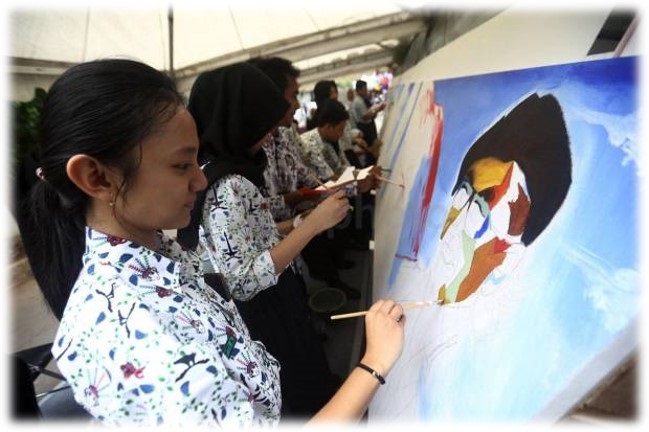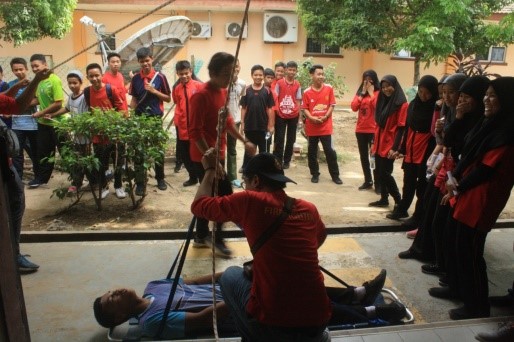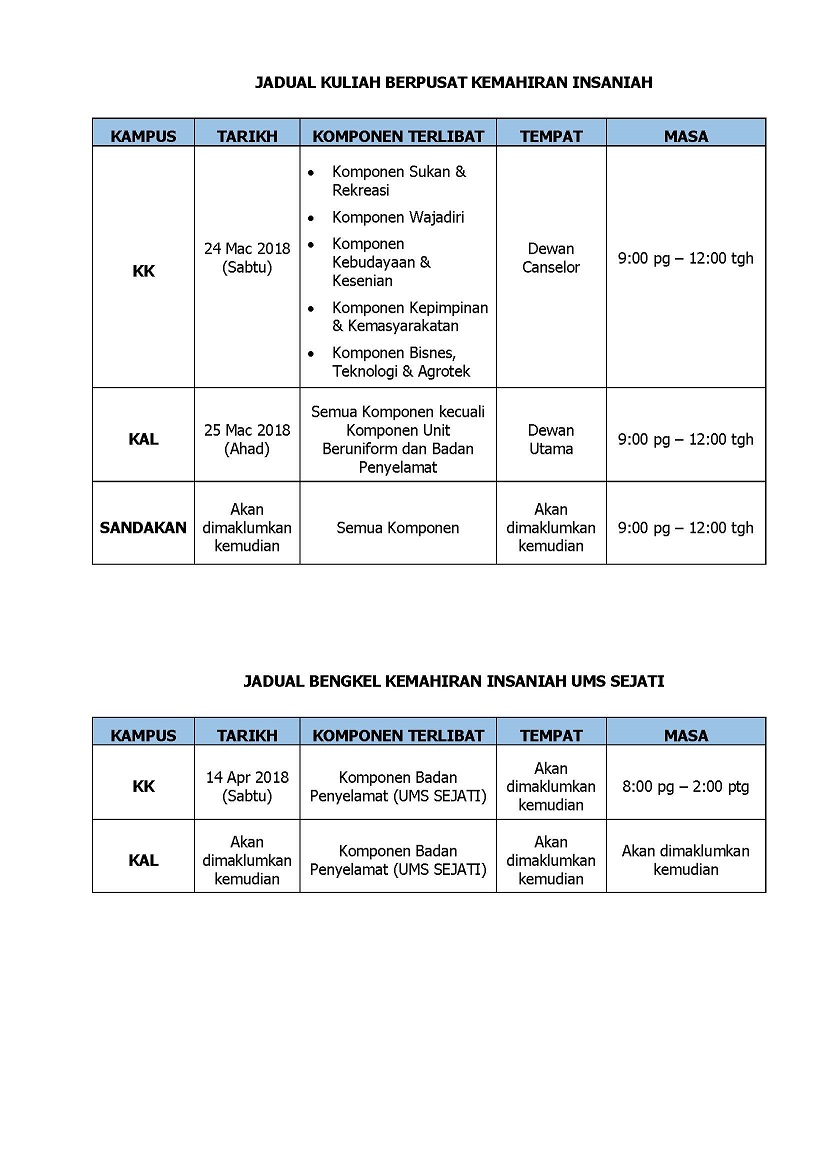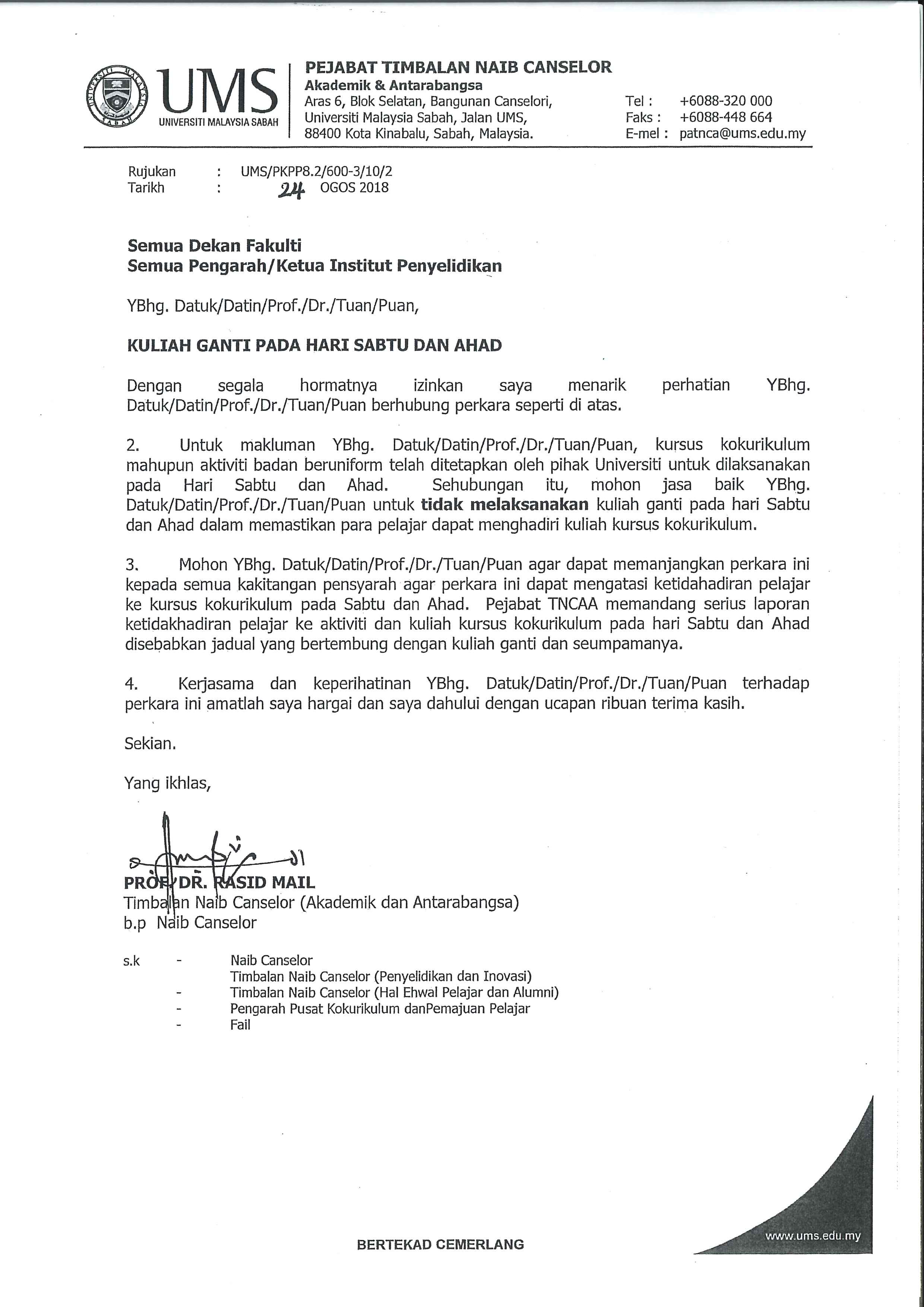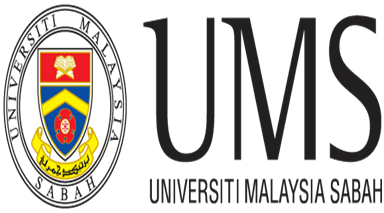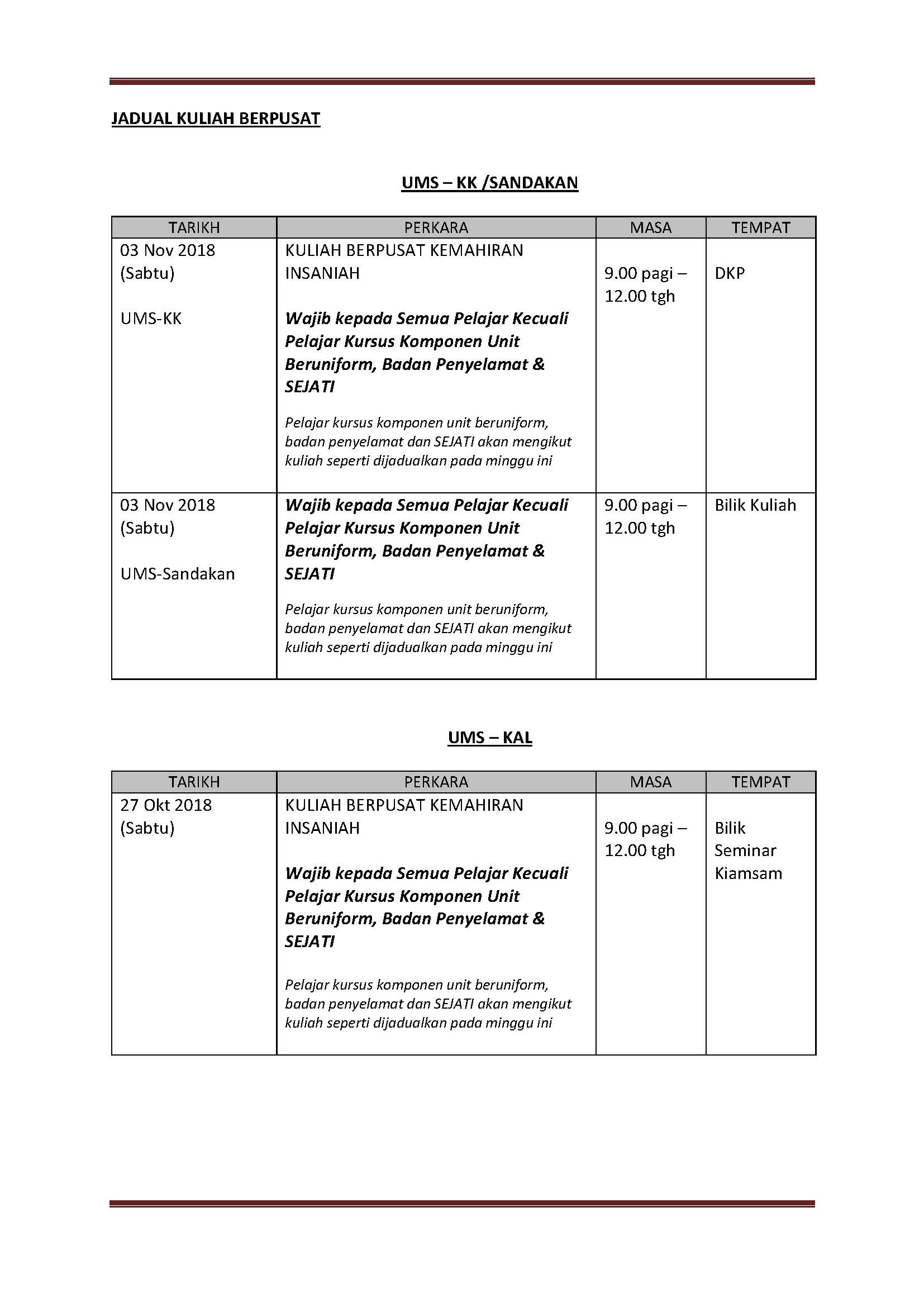
Announcement
15 Nov, 2021
27 Oct, 2021
01 Oct, 2021
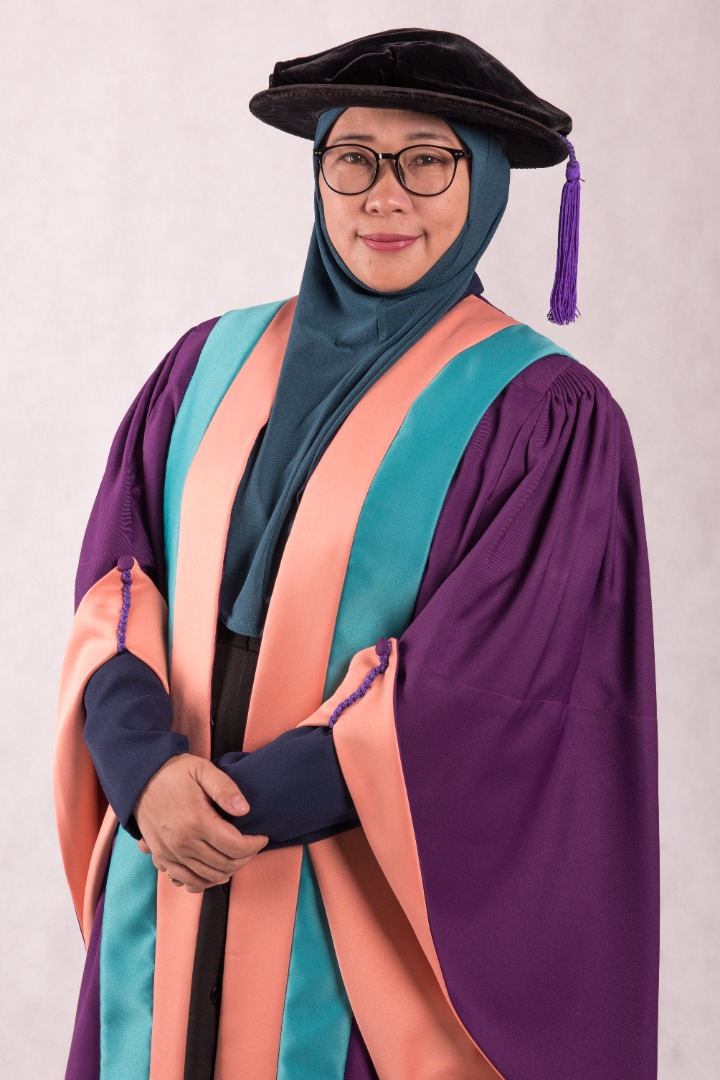
Director Message
Associate Professor Dr. Jurry Foo
Centre for Co-Curriculum and Student Development
Director
e-Application
- Student
- UMS-SPRINT
- Innovation
- Co-Curriculum Carnival
- Trainer
- Offer Terms Agreement
- Various Advance Application
- Teaching Claim
- Staff / UMS JFPIB
- Transport Booking
- Facilities Reservation
- Public / Outside Agency
- Job Vacancy
- Facilities Reservation
- UMS-SPRINT Community Service
Article Resources
Let's take a look through our source of articles regarding the activities, event and news related to the Centre for Co-Curriculum and Student Development, Universiti Malaysia Sabah
EnterResearch corner
UMS Co-Curricular objectives.
Students respond information regarding co-curricular activities.
OTHER LINKS
- UMS Map
- Open Data
- Sabah State Government Portal
- Minister of Higher Education(MCHE)
- MAMPU
- MyGovernment Portal (MyGov)
- UMS Investment Holdings Sdn. Bhd.
QUICK LINKS
- Staff Directory
- Staff Portal
- Student Portal
- SmartUMS
- E-Respon
- Covid 19: UMS Update
FOLLOW US @
Youtube
Pusat Kokurikulum dan Pemajuan Pelajar,
Universiti Malaysia Sabah, Jalan UMS, 88400, Kota Kinabalu, Sabah, Malaysia
Tel : (+6088) 329032
(+6088) 320000 ext. 206500
Email : pkpp[at]ums.edu.my
TERM OF USE | DISCLAIMER | PRIVACY POLICY | SECURITY POLICY | COPYRIGHT POLICY

- Uncategorised
- Hits: 1043
Kuliah Pertama Bagi Pelajar Yang Mendaftar Kursus Kokurikulum Semester 2 Sesi 2019/ 2020
PENGUMUMAN
(ATTENTION)
- PELAJAR YANG MENDAFTAR KURSUS KOKURIKULUM SEMESTER 2 SESI 2019/2020.
(TO ALL STUDENT THAT REGISTERED FOR CO-CURRICULLUM COURSE THIS SEMESTER 2 2019/2020 SESSION)
- KULIAH PERTAMA AKAN DIADAKAN PADA:
(FIRST LECTURE WILL BE HELD ON:)
- TARIKH: 15HB FEBRUARI 2020 (SABTU)
(DATE: 15th FEBRUARY 2020 (SATURDAY)
- MASA: 10.00 PAGI-1.00 PETANG
(TIME: 10.00AM - 1.00PM)
- TEMPAT: BILIK KULIAH MENGIKUT KURSUS
(VENUE: LECTURED ROOM BY COURSES)
Pusat Kokurikulum & Pemajuan Pelajar
Universiti Malaysia Sabah
- Last Modified: Friday 21 November 2025.


